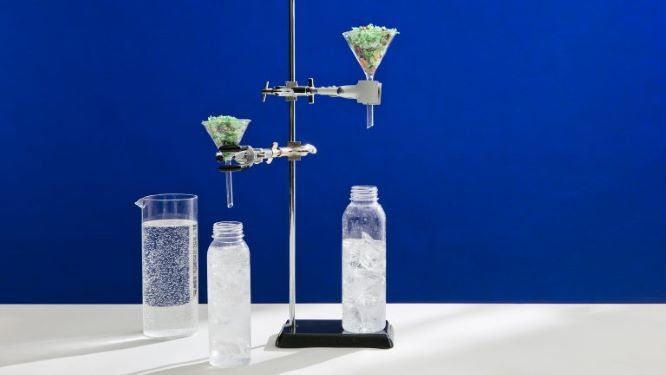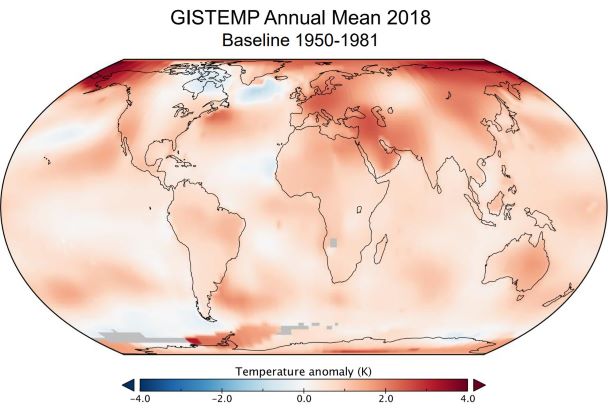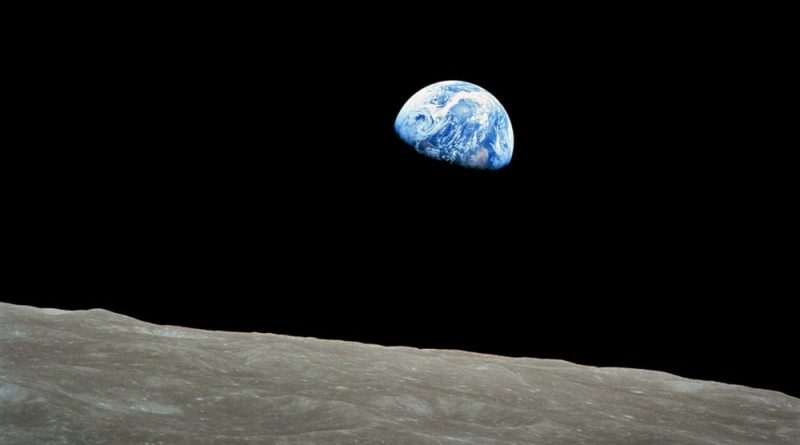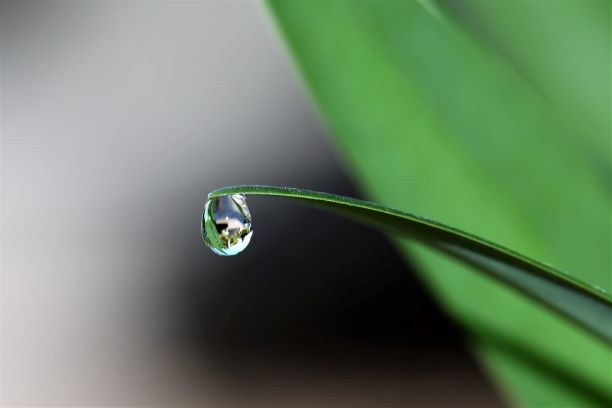US Researchers Show Way To Make Useful Product From Captured CO2
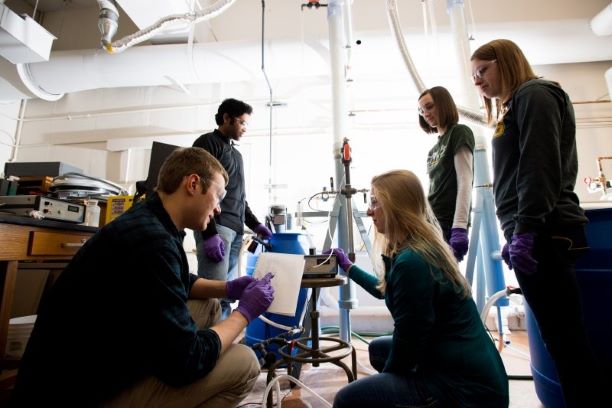 What if captured CO2 could be re-purposed?
What if captured CO2 could be re-purposed?
Komar Kawatra and his students have found a way to tackle a notorious problem that involves the use of CO2 after it has been captured.

The team of researchers and PHD students all lead by Kawatra, a professor of chemical engineering at Michigan Technological University, have designed a carbon dioxide scrubber. They collectively are working to convert the carbon dioxide they capture into oxalic acid, a naturally occurring chemical in many foods.
What is Oxalic Acid?
Oxalic acid is used by many tech industries to leach rare earth elements from their ore bodies. The rare earths are used in electronics such as cell phones, computers and everything that uses microchips. Rare earths are not presently produced everywhere in the world. The main producer is China which produces 90 percent or more of the rare earths for the world. By producing oxalic acid, it may be possible to profitably extract rare earth elements, Kawatra explains.
CO2 Scrubber
The group installed their carbon dioxide scrubber at the Michigan Tech steam plant, where they are testing with real flue gas at pilot plant scale.
The steam plant produces flue gas that contains eight percent carbon dioxide. The chemical engineers’ scrubber brought the emissions down to four percent and their goal is to reduce it below two percent.
“Below two percent, we are happy,” Kawatra said. “Below one percent, we will be very happy.”
It’s a real possibility. “We’ve already got it down to zero percent in the laboratory,” Valluri noted, a Ph.D. student working with Kawatra.
In the steam plant, they tap a sample stream of flue gas from the boiler’s main exhaust line. The flue gas comes out of the burner at 300-350 degrees Fahrenheit. The sample is compressed through a filter that removes particles, then passes through a cooling unit before it enters the bottom of the scrubbing column.

Soda Ash Captures Carbon Dioxide
A sodium carbonate solution is pumped into the top of the 11-foot-tall scrubbing column. The flue gas is bubbled up through the column. As it moves toward the top, the sodium carbonate or soda ash removes much of the carbon dioxide from the gas. Kawatra and his students monitor the amount of carbon dioxide constantly.
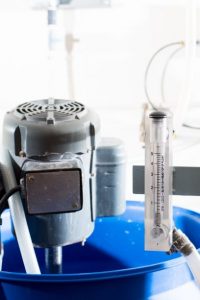
“The biggest challenge is a fluctuating ratio of gases in the flue gas,” Valluri said. Team member Root elaborated, “You need a cascade control system that measures the carbon dioxide and manipulates the amount of scrubbing solution accordingly.”
“Our next challenges are, how much can we scale the scrubber up and what can we use the carbon dioxide for,” Valluri said. This ties into Valluri’s and another Ph.D. pupil Claremboux’s other research project, the conversion of carbon dioxide to useful products. They have been able to produce oxalic acid from carbon dioxide at laboratory scale.
John Simmons, a Michigan Tech alumnus in the Chemical Engineering Academy at Tech and chairman of Carbontec Energy in Bismarck, who is supporting this research adds that the savings to industry of this kind of carbon dioxide scrubber is enormous.
The usual method of removing carbon dioxide from emissions uses amines, nitrogen-based chemical compounds that bind the carbon dioxide.
But amines cost $20,000 a ton, Simmons said. Carbonates like the soda ash that Kawatra’s team is using cost $200 a ton. Simmons is excited about the potential for producing a commercial product from the captured carbon dioxide. “I don’t think sequestering it in the ground is a good idea,” he said. “We have to find a way to utilize it commercially.”
Kawatra adds optimistically, “We want to show that you can take harmful waste like carbon dioxide and make it produce a profit.”
The technology, trade-named the “Clearite VI Carbon Dioxide Capture/ Utilization Process,” was patented by the inventors, S. Komar Kawatra, Tim Eisele and John Simmons, and assigned to Michigan Tech University. Carbontec Energy Corporation, the technology sponsor, is the exclusive worldwide licensee and plans to commercialize the technology.

